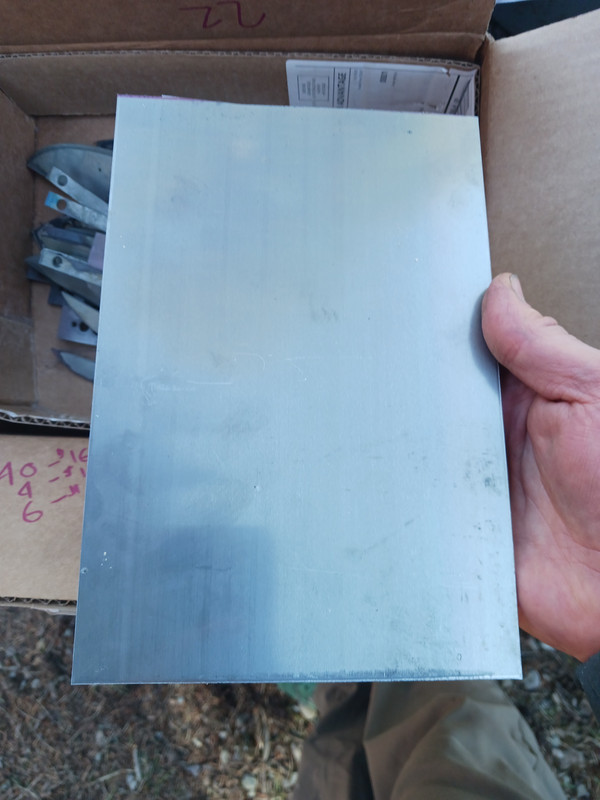Least we forget the
Mars Climate Orbiter that was destroyed because of a conversion error. The program was written by NASA in metric but Lockheed Martin built the orbiter and its software in English.
Most English measurements came from Roman measurements. All length/distance measurements were from anthropic sources - a finger, an arm, a foot, a pace, Small length measurements were a reference to the length of a barleycorn and a poppy seed. Very small weights of precious things like gemstones and valuable metals were based on a carob seed - carat.
Then weight got even funnier. Both money and weight were the same to start with. It was based on the weight of a grain of wheat. 24 grains = one pennyweight, 20 pennyweight = 1 ounce, 12 ounces = 1 pound of sterling silver, thus 240 pennyweight to the pound sterling. Then coin minters got those numbers flipped - 12 pennies= 1 shilling, 20 shillings=1 pound. Still 240 pennies to the pound. These weights were called Troy, named after the French town of Troyes where England and Europe traded. The term Sterling came from Austria, where the most reliable silver coins were made. They were 92.5% silver. The country was called Oesterreich, which meant eastern state. The English and French called the merchants from there "Easterlings". The Easterling Silver coin was shortened to "Sterling Silver", and 20 equaled a pound troy. The English king ordered all silver to be made from this purity and it has been the standard worldwide since. Most of Europe adopted the one ounce silver coin as their standard, which made trade easier (the EU started a long time ago). The word shilling came from a root that meant "cut". All one ounce coins could be legally cut into 12 pieces to make change. Spain decided it was easier to cut a one ounce coins into eight pieces - half, quarter, eighth. A whole coin was a "piece of eight". The US used the Spanish method and coins in our early days to rid us from the English coins and money system. We had a 12.5 cent silver coin called a "bit". Anyone remember chanting, "Two bits, Four bits, Six bits , a dollar" at football games?. We had a eighth dollar, of which two made a quarter dollar, of which two made a half dollar of which two made a dollar.
At the founding of the USA, we used both English, and Spanish coins and system, with a little French thrown in. This got confusing, as we had systems based on 12 as well as 8 a. We had half-pennies, pennies, 2-pennies, 3-pennies, half dimes, dimes, 1/8 dollars, etc.
The French went metric after their revolution and convinced the US to use a system based on 100 parts. We had all sorts of different coins based on French coins then. A French disme (meaning a tenth) became our "dime", and was 1/10 of a dollar, we had half-dimes,
The Normand conquest lead to a law called " Composition of Yards and Perches" . The Magna Carta states that all measurements should be standardized. The "standards" were kept by the Exchequer in a locked room. They were chains, rods, and blocks made in iron or wood.
An interesting thing about the French is they started with a system like the English with 12 and 20 making an ounce - Livre (pound) of silver divided into 20
sols or sous (shillings) and the sol divided into 12 deniers (pennies). During the wars with England, they hated the English and went with the Franc system. After the French Revolution they hated the Old Aristocracy, so the scientists took control of the government and abandoned all past measurements and monetary systems, basing everything on metric. They even developed a "decimal day" with 100 seconds to the minute, 100 minutes to the hour and 10 hours to the day. The metric day only lasted 6 years, but the metric system became the world standard. Even England went to it eventually. The new day only lasted 6 years. During the 1800's all of Europe (and most of the world), except England, went metric. The US went metric in 1866 ... but never made the act of Congress mandatory. They passed the metric act again in 1975, but didn't do it. and crashed a 1/3 billion dollar mars orbiter because of it 25 years later.

